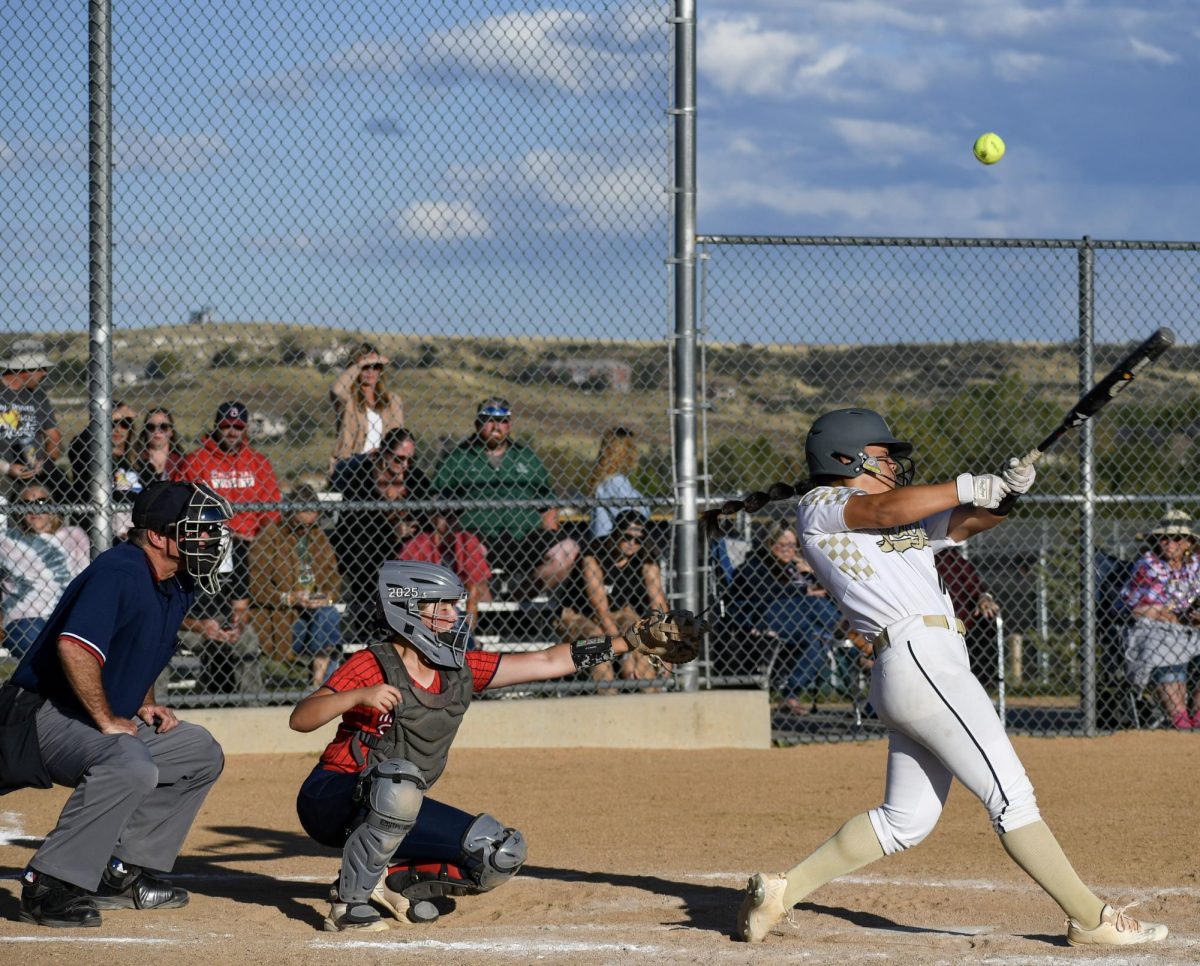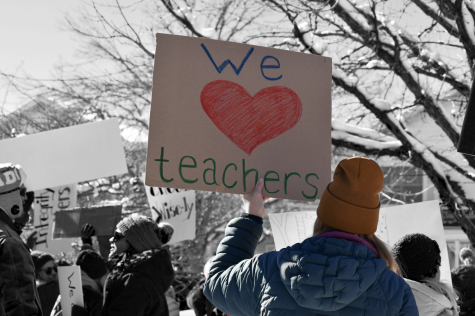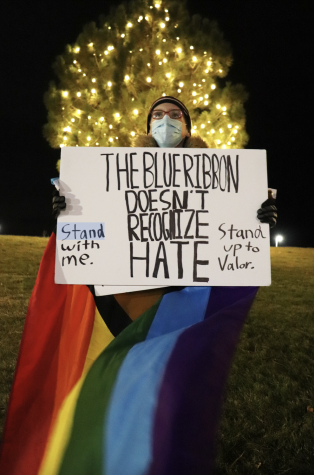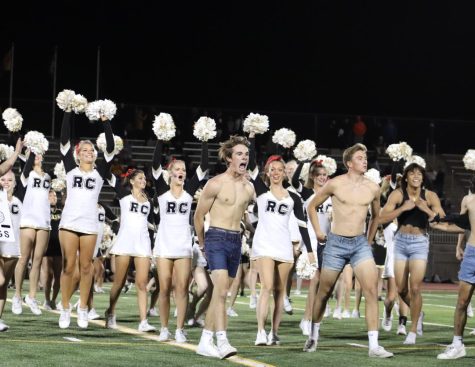Climate Change Crisis: This holiday season, you may be curled up by a fire, but in a few years, our planet’s going to be on fire.
Our Earth is about to descend into a near-apocalyptic disaster. Here’s why.
December 19, 2019
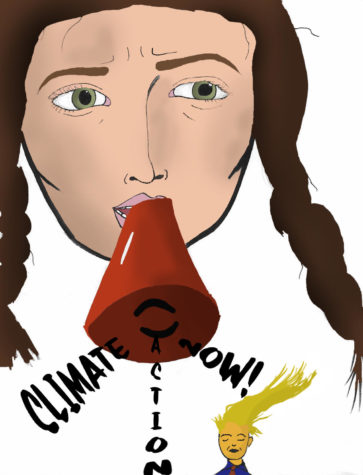
This political cartoon depicts climate change activist, Greta Thunberg standing up to political figures, using her voice as a catalyst for change to save the planet. Thunberg’s power blows President Trump away in his views and lack of action regarding Climate Change.
For the last few decades, the phrases “climate change” and “save the Earth” have been thrown around, but the superficial efforts to save our climates have fallen short in comparison to the raging issues decimating the planet at an unprecedented speed.
“Climate change refers to a shift in global temperature and precipitation over time on the planet. It relates to a complex balance between long-term and short-term cycles within the atmosphere and various ecosystems on the planet,” AP Environmental Science teacher Jenny Sickle said.
The Science Behind the Change: Greenhouse Effect
The greenhouse effect is an effect where the atmosphere traps heat that emanates from the Earth’s surface. There is a certain variety of gases that barricade heat from escaping. Gases that are semi-permanent in the atmosphere lack a response to temperature changes. Feedback loops result from gases that elicit a response from changes in temperature according to NASA.
As the Earth’s atmosphere warms, water vapor increases but so does the likelihood of precipitation, making these some of the most important feedback loops to the greenhouse effect.
The gases:
Carbon dioxide is released through natural processes and human processes. The natural processes include respiration and volcanic eruptions. Deforestation, land-use changes, and burning fossil fuels are just a handful of the human processes that emit carbon dioxide.
Methane is a gas created by the decomposition of wastes in landfills, agriculture, and rice production. Some more commonly known causes are digestion and manure management with livestock. Methane is a more active greenhouse gas than carbon dioxide but is less abundant in the atmosphere.
Nitrous oxide is a powerful greenhouse gas that is primarily produced by soil cultivation practices. The use of commercial and organic fertilizers are a large contributor, as well as fossil fuel combustion, biomass burning, and nitric acid production.
Chlorofluorocarbons are synthetic compounds from industries that have regulated production and release due to their detrimental effects on the ozone layer.
A deeper look into human carbon emissions:
Humans have increased atmospheric the atmospheric CO2 concentration has increased by more than a third since the Industrial Revolution began due to humans according to NASA. Human activities such as burning coal and fossil fuels cause some of the top carbon emissions. Other human activities such as biomass burning, cement production, and deforestation emit carbon dioxide according to NOAA. Over one hundred and fifty years of industrialization, deforestation, mass agriculture, the number of greenhouse gases have skyrocketed to a number that hasn’t been seen in three million years, according to the UN.
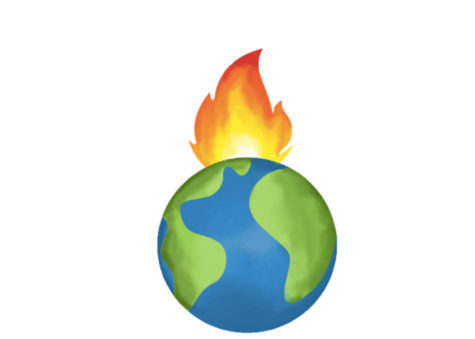
Why this is a problem:
There has been a 1.5°F rise in average global temperature since 1880 (NOAA). This heated planet has caused excess evaporation, which causes there to be more water in the atmosphere. The concentration of greenhouse gases in the atmosphere is linked to the Earth’s global temperature. These changes cause the water supply, health, and agriculture to be at risk. Ecosystems and environments have a delicate balance, but the increase in temperature disrupts this equilibrium.
Climate change has caused rising temperatures to make weather events more extreme, broken apart ice in the Antarctic, lengthened wildfire seasons, bleached coral reefs, and allowed mosquitoes to expand their territory and spread disease (EDF and NASA). The sea levels are projected to rise between 10 and 32 inches by the end of this century according to National Geographic. Ecosystems will continue to fluctuate and many species, such as polar bears may be unable to adapt, causing species extinction.
“There are observable changes in the planet’s air and water temperature, the size of the glaciers and sea levels. There is evidence of changes in climate throughout Earth’s history, but the current rate that the climate is changing is rapid,” Sickle said, “The intensity of weather events and the impacts on food production is also a concern for many people.”
“I believe it’s a problem because of the changes we are seeing. Plants and animals are not able to adapt fast enough and could go extinct. If climate continues we could see a large reduction of the current ecosystems that exist as well as the 6th mass extinction,” Eco Club president Sam Isert ’20 said.
What others are doing:
UN Kyoto Protocol: A protocol that legally binds countries with developed parties with the goal to reduce CO2 emissions.
Paris Agreement: Unifies nations into a common cause to fight climate change and adapt to its effects, and support developing countries with the tools to do so.
Eco Club makes an effort to improve the sustainability of the school. Throughout the year, students work in groups to complete a project each year based on interest. Past projects included the installation of LED lights in the gym and window films added around campus to reduce the building’s electricity usage. Last year, Eco Club members presented to the administration about a carpool pass to encourage less individual cars to drive to the school each year. It was implemented at the beginning of this school year. Eco Club also also facilitates the school recycling program. On a broader spectrum, DCSD has a Sustainability Team that encourages schools to find more eco-friendly options for schools and provides resources to achieve those goals.


![In room 4101, Natalie Patterson ‘26, Ariana Magor ‘25 and Celina Salazar ‘25 create a poster in science teacher Kerry Reilly’s Chemistry Honors April 18. The three completed a worksheet and drawing to explain the implosion of a tank for their unit on gas laws. “At the start of class, we watched a video of the tank imploding,” Patterson said. “I think [making a drawing] is something new. I like more artsy activities.”](https://rockmediaonline.org/wp-content/uploads/2024/04/IMG_5019-1200x900.jpeg)

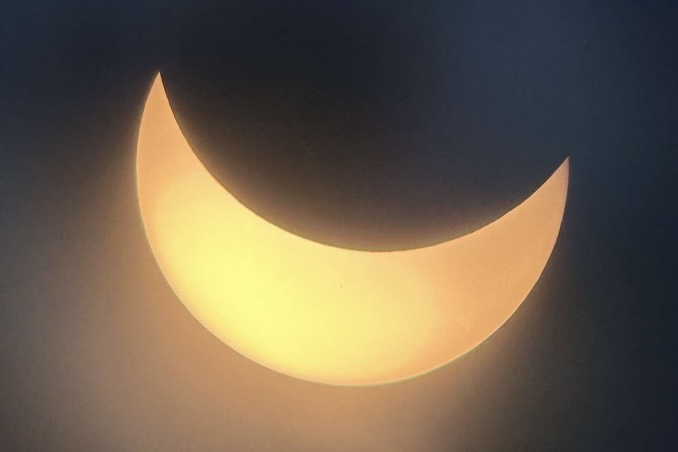
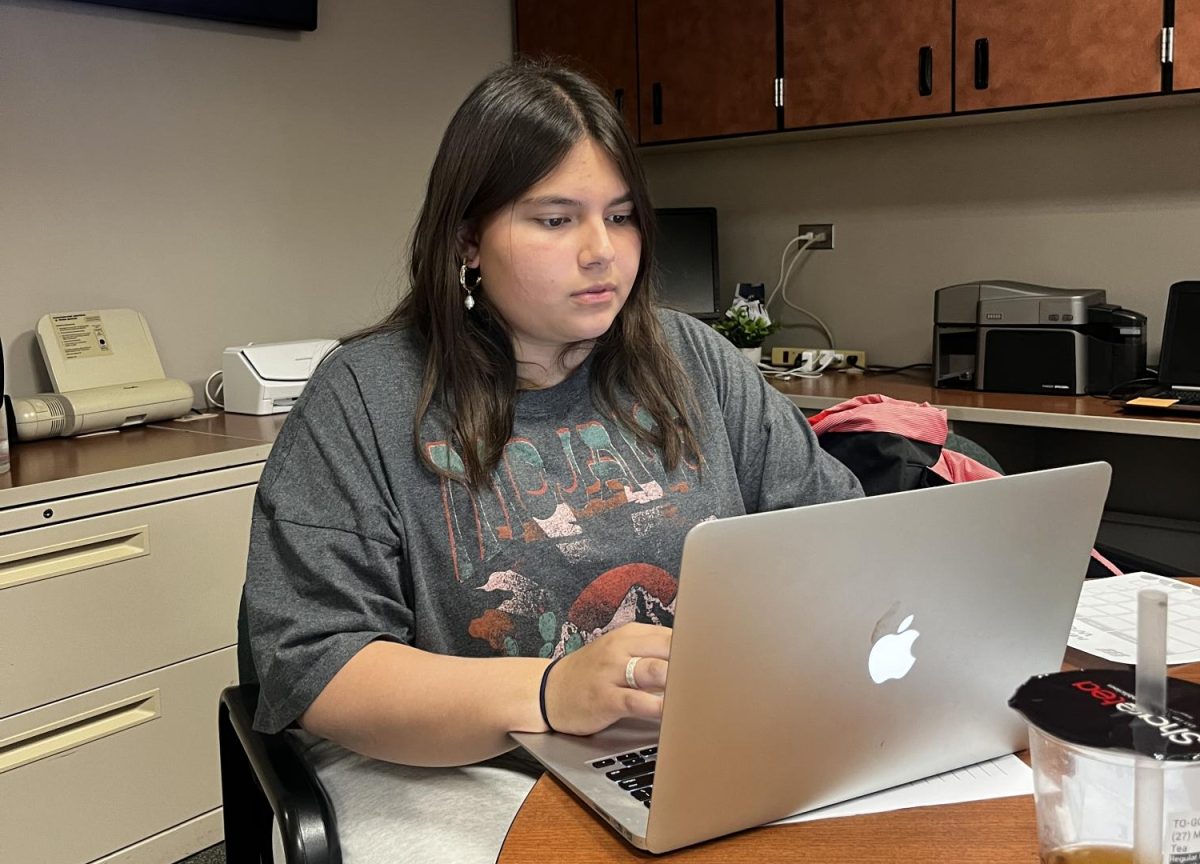

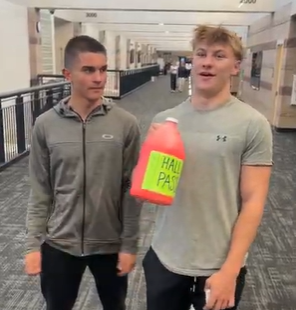
![The girls varsity soccer team walk back to their bench during halftime April 1. The Jags played against the Castle View Sabercats at the Douglas County Stadium and scored 3-0 W. “It felt really good [to beat Castle View]. I feel like that was a big win for us because knowing that we came together to beat a pretty good team has definitely given us some leverage for this season,” attacking midfielder Grace Rossner ‘24 said.](https://rockmediaonline.org/wp-content/uploads/2024/04/DSC_4906-1-1200x1057.jpg)



![English teacher Colleen Lamb grades College Prep English assignments during period two Nov. 10. Lamb, who has been teaching for 27 years, decorates her classroom with posters and handmade college flags from her senior students. Everything I enjoy about English happens primarily in the classroom, Lamb said. So, thankfully, the college [I worked at] had a teaching program, and I was able to do my post-grad work for free while I was working [there].”](https://rockmediaonline.org/wp-content/uploads/2024/04/IMG_1158-1200x900.jpeg)


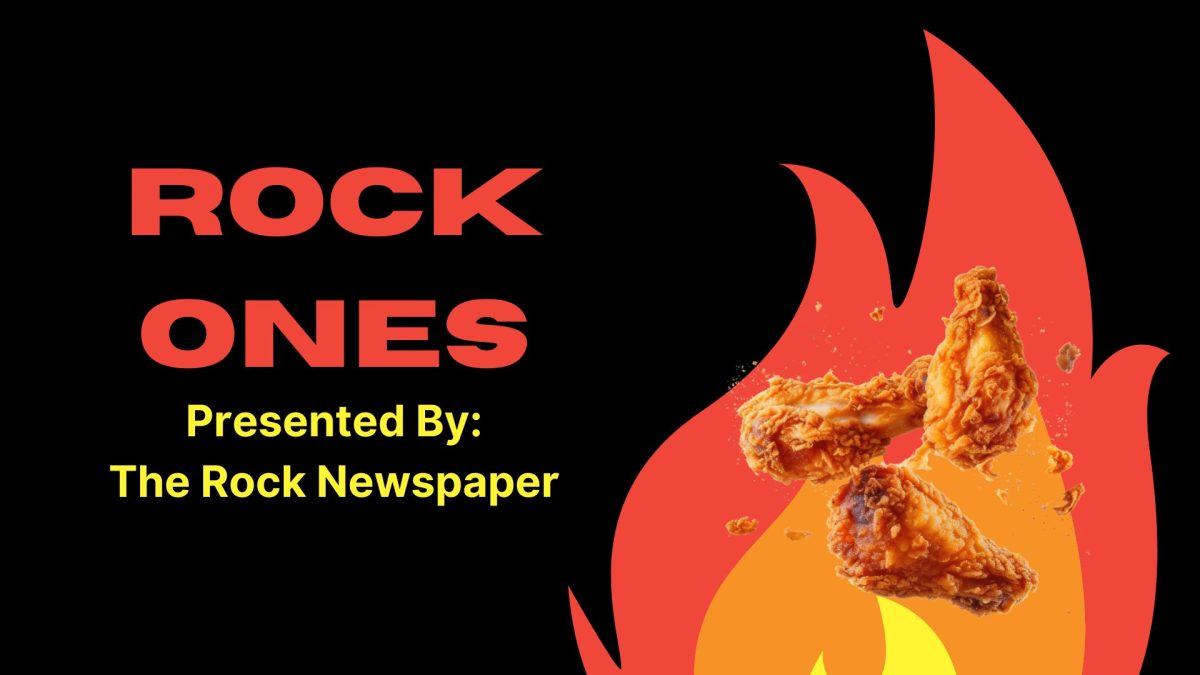


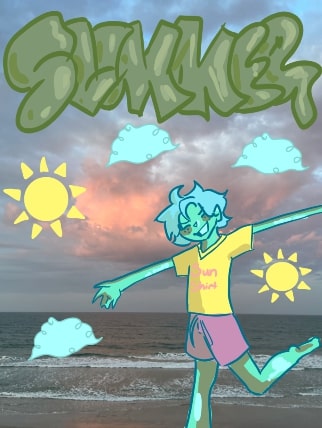

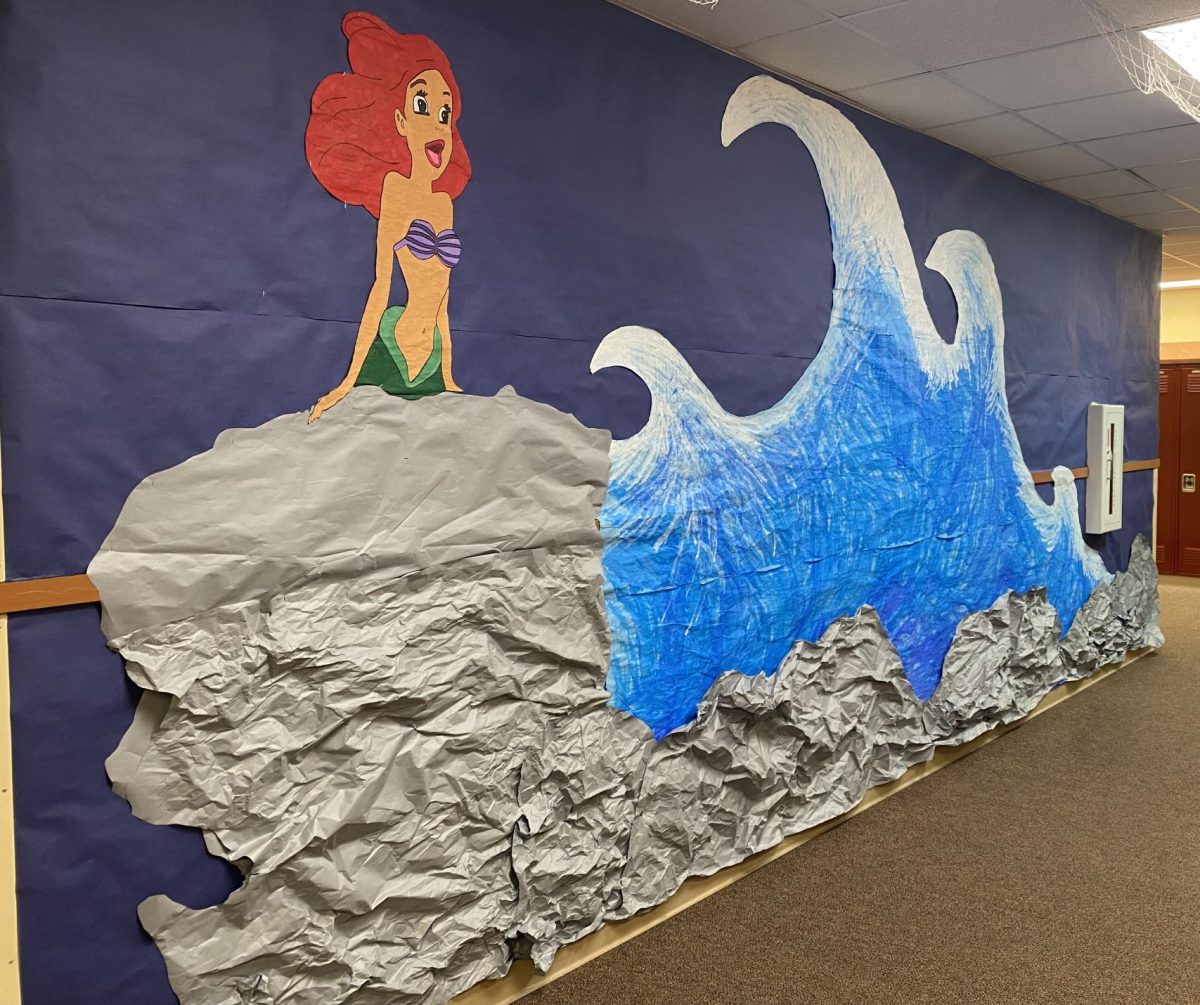

![At Prairie View High School, the winterguard team poses with their plaque after winning first place at their competition Feb. 24. This was the second time they won first place this year, this time with a score of 74.190 points. “I [love being] a witch, but my favorite [part of the show] is the trios, it’s so cool,” Heather Strickland ‘27 said.](https://rockmediaonline.org/wp-content/uploads/2024/03/PRARIE-VIEW-BY-MARGO-SANFORD-e1709531739910-1200x910.jpg)






